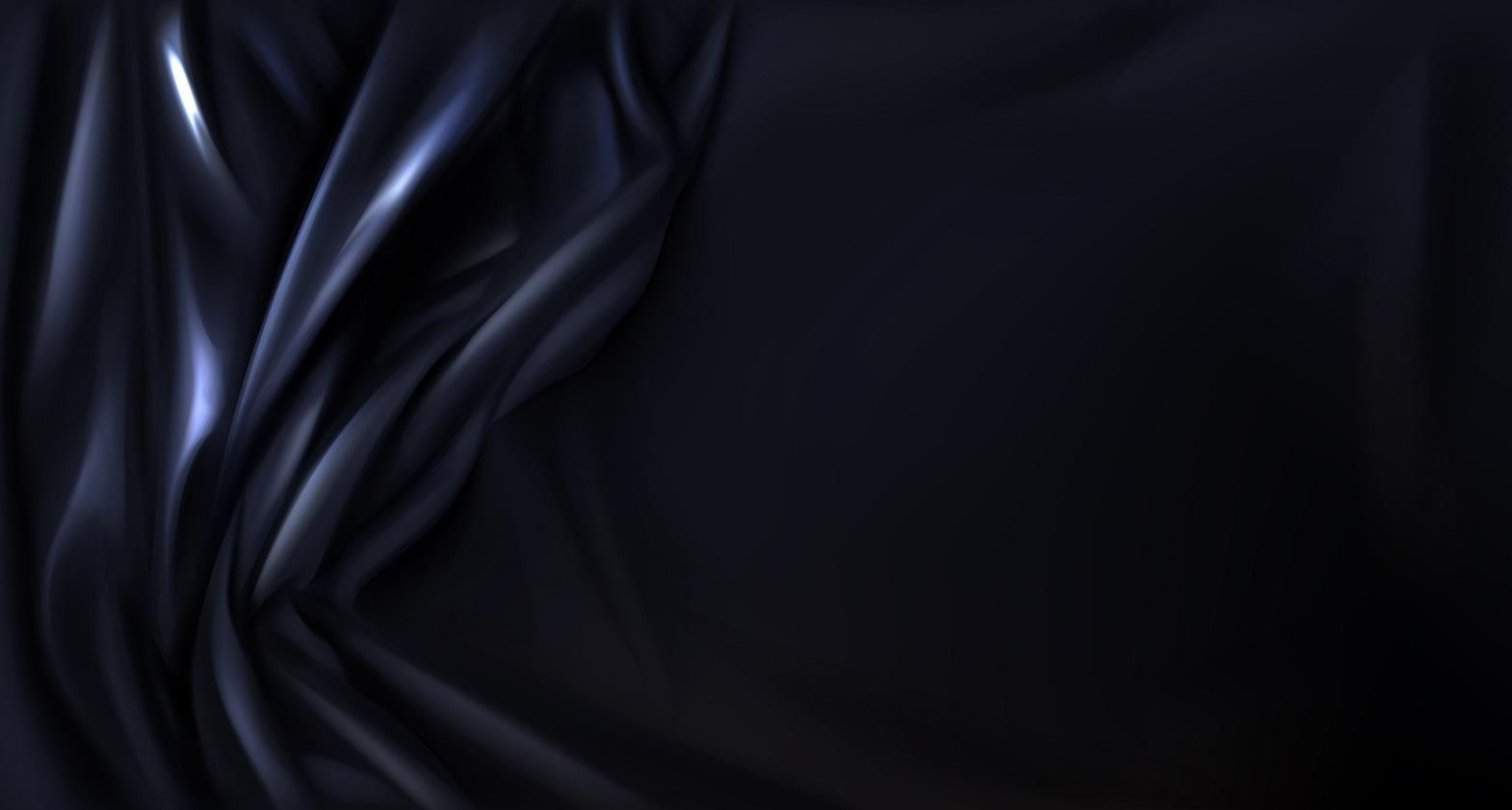It shines, but it is not gold! It shimmers, but it is not diamond! It has been spotted during catwalks and has entered high fashion. What is it? It is Latex clothing that has crossed the boundaries and is no longer limited to diapers, straps, surgical gloves etc. Latex, was earlier considered as a choice for those who were bold to experiment, but now the contemporary designers have come up with designs including loose fitted garments, that has made latex a desirable must-have in anybody's wardrobe.
Certain celebs are also endorsing the latex clothing by wearing it during their international shows. Latex clothing is like second skin. Three stages are involved in creating latex sheet based clothing. To begin with, a design for a particular garment is chosen, and is then carefully adjusted to fit the sizes supplied by the customer. After this, the sheet latex is cut out on a flat board, by hand and then latex glue, which is mostly a rubber cement solvent based adhesive, is applied to fasten the seams. A skilled latex maker would generally take around an hour to make a stocking as per a customer's leg measurements.
Apart from latex sheet, latex moulded clothing is also used. The later is produced by immersing a cast or a mould into a container of liquid rubber. However, the raw liquid latex requires a lot of precautions and it must be ensured that the thickness of the latex is consistent throughout the process. Improper moulding techniques can lead to inconsistent thickness in the latex, causing it to fail at the weak points. This has led to a major stigma against moulded latex garments, in favour of sheet latex versions.
Nevertheless, when done correctly, a moulded latex garment is just as durable as sheet latex. The common thought that all sheet latex is superior to all moulded latex is actually untrue, and only a skilled creator can guarantee durability of the garment produced by either processes. Sheet latex is the preferred method for items like catsuits, as they are easier to create with sheets.
Liquid latex is also used to give unique patterns to clothing. Air drying is a preferable method used in liquid latex. Following this, liquid latex can be applied to sheet latex clothing to add unique patterns and designs which can be peeled off the sheet latex later on. However, when the liquid latex is used directly on fibre, it can give permanent results. When liquid latex is spread on a fibrous material, it tends to flow both around, and through, the individual fibres of the material. The latex adheres very firmly and is permanent.
When fabric is coated with liquid latex, it becomes much stiffer. Fabrics with loose fit are not very good candidates for coating because the material tends to stretch out of shape, and then retains that unnatural shape as the latex dries. The best available options that can be coated with liquid latex are the fabrics that are stretchable like spandex or elastane; any other body-fit garment is also a great choice to coat with liquid latex. Thick fabrics like denim and snugly woven fabrics also give remarkable results when coated with latex. Other fabrics like nylon and non-stretchable fine synthetics can also be coated with liquid latex, but the latex must soak properly for better results.
The components present in the latex liquid include water, which constitutes 55-65 percent of total amount; 30-40 percent of rubber particles are present, along with slight amounts of resins, ash, protein, sugars and sterol glycosides. The high elasticity of the rubber along with a polymer molecular structure makes the latex clothing durable and well-fitted. The polymer molecular structure consists of a long chain made up of tens of thousands of smaller units, called monomers that are twined together. Both synthetic and natural latex production requires vulcanization, which is a chemical process that converts rubber into more sturdy materials with the addition of sulfur. Fillers such as carbon black are also added to provide extra strength and stiffness. Oil is also often used to help in the processing and reduce the overall cost.
Asian countries including Malaysia, Indonesia and some other far eastern regions are leading world producers of natural latex. With other countries like Thailand, India, Sri Lanka, China and the Philippines having substantially increased the latex production, it is estimated that more than 90 percent of the total world production of natural latex now comes from Asia. With regard to synthetic latex, most of it is created from two materials, styrene and butadiene. Both are currently obtained from petroleum. Other synthetic latex is made from specialty materials for chemical and temperature resistant applications.
The demand for latex clothing is on rise, as more and more consumers are ready to experiment with style. Latex is now seen as classy and chic, which has resulted in designers daring to launch more latex garments on ramp and in stores. Unfortunately, the natural latex's production has failed to meet the growing demand, and hence, today two-thirds of the world's latex is synthetic. However, with the recent introduction of epoxidized natural rubber that chemically treats natural rubber, this trend might be reversed. The synthetic production is also witnessing changes that have made the processes more efficient, less costly, and less polluting.
Latex clothing is gaining momentum among consumers of various countries, who are seeing it as an apt option for party wear and evening wear. The cost, fitting and ease of the clothing are still in a process of reformation, but latex can surely be tagged as an in-demand fabric for future.
References:
- Madehow.com
- Liquidlatex.com
- Wikipedia.com
- Baroness.com








Comments